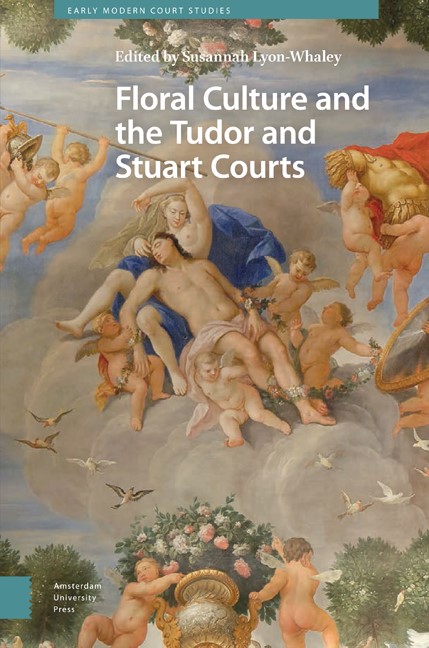3 - ‘I Have Them in My Garden Growing’ : Henry Dingley’s Life With Flowers in Sixteenth-Century Worcestershire
Published online by Cambridge University Press: 16 April 2024
Summary
Abstract
A love of flowers was central, but not exclusive, to Tudor and Stuart royal and court culture. It was also in the hands of amateur gentry gardeners like Henry Dingley (c. 1515–1589) of Worcestershire. Dingley's marginal comments on his trusty herbal, Leonhart Fuchs's De Historia Stirpium Commentarii Insignes (1542), make it possible to compile a list of the flowering plants that he admired, coveted, and cultivated on his land close to the banks of the river Avon c. 1550–1585. It was a passion which also flowed through the work of one of Dingley's contemporaries, William Shakespeare from neighbouring Warwickshire, and whose plays conjured up the sights and scents of flowers for court and non-elite audiences.
Keywords: herbal; plants; gardening; Leonhard Fuchs; river Avon; Charlton
On the inside back cover of the 1542 folio edition of De Historia Stirpium Commentarii Insignes (Notable Commentaries on the History of Plants) by Leonhart Fuchs (1501–1566), Henry Dingley (c. 1515–1589) recorded that he ‘dyd bye thys boke in Pollys churche yarde yn the yere of owre lorde god: 1550: this 26: daye of october and hyt dyd coste me vij poundys of owre mony of Ynglonde.’
Seven pounds was a princely sum, and it paid for a large, heavy, leather-bound volume. It was a work of reference, with the Latin text accompanied by around 500 full-page, hand-coloured illustrations. Dingley did more than look at and read his herbal—he annotated it, and his comments reveal that he had a passion for plants and gardening (figure 3.1), a wish to improve his botanical knowledge, and a willingness to spend good money on a subtle variant of what Rebecca Bushnell has termed his ‘green desire.’
This chapter presents a case study of a little-known sixteenth-century Worcestershire gentleman as a means of reflecting on how the middling sort engaged with royal and elite garden culture—and the flowers that were part of this—as encompassed in the work of Sir Roy Strong and Paula Henderson.
- Type
- Chapter
- Information
- Floral Culture and the Tudor and Stuart Courts , pp. 95 - 120Publisher: Amsterdam University PressPrint publication year: 2024



